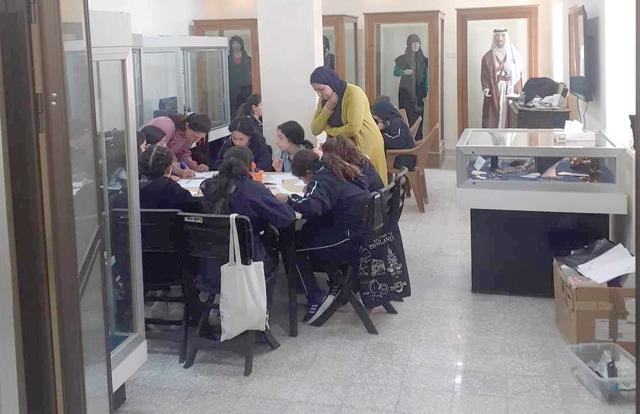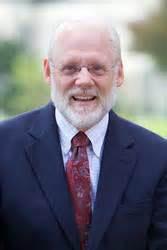You are here
Community Archaeology: Bridging gaps between scholars, local communities
By Saeb Rawashdeh - Feb 19,2024 - Last updated at Feb 19,2024

An activity involving Madaba schoolchildren in the Madaba Archaeological Museum
AMMAN — Traditionally, archaeological teams would go to the site, excavate, collect artefacts, analyse them and prepare reports that would be published in scholarly papers, journals and books. The involvement of the local community within the work of Jordanian and international archaeologists and their teams was minimal.
However, this approach has been recently challenged by the method that includes the local communities as a more active factor in archaeological projects. The objective of “community archaeology” has been to bridge the gap between scholars and the general public.
Due to a top-down approach by the government, the tourist sites often do not involve the local community enough. The Department of Antiquities (DoA) is more focused on the excavation, restoration and preservation of the archaeological sites and less on the education of the local community and raising awareness about the significance of site protection.
“The DoA dedicated fewer people, lesser time and money to public awareness, and its provision has been highly specialist in terms of the level of knowledge required for engagement, with interpretation that could only be appreciated by the interested and the well-educated parties,” said Arwa Badran, an archaeologist and a museum specialist.
Interpretation of sites and heritage has been neglected for a long time, however, we can witness that such an old fashioned approach has been changing. Educational institutions, like elementary and high schools, can play a vital role in the process of engaging.
“Disconnection between the public and their heritage, and their lack of awareness of its importance, when coupled with poverty and unemployment, has led to the plundering of sites and selling artefacts for income,” Badran said, adding that the DoA has taken bold steps to combat this, previously working directly with looters and antiquities dealers to purchase and document stolen artefacts for public benefit, but more needs to be done.
In order to minimise the number of looters, gold diggers and vandals, the DoA and the archaeological teams have to involve the local community as stewards of the sites. The aim of the educational campaign should explain the benefits of the archaeological site for the local communities that are living nearby.
The education campaign is not limited to just the schools.
“Using heritage as an educational resource is valuable for children’s learning about the past. Site visits are a chance to explore landscapes, structures, and even smells, sounds and colours, all of which provide a sense of scale and help trigger children’s curiosity,” Badran said, adding that such an experience puts “the evidence of the past into context”.
The objects displayed in museums, on the other hand, provide evidence for enquiry-based learning about form, texture and construction, encouraging children to draw conclusions about how items were made and used and their context, Badran continued, adding that they can also be used to create sensory experiences and stories, both of which are effective for children’s critical thinking and connecting with the past.
Talking about objects, Badran said that they are important for engaging children in the study of the past itself, in the process of evaluating material evidence, to explain, interpret and construct narratives.
“The use of such physical environments to engage the mind in questioning and making inferences is attested by many scholars through time, from the ancient Greek philosopher Aristotle, through mediaeval Islamic philosophers, such as Abu ‘Ali Al Husayn Ibn Sina [also known as Avicenna], to late modern and contemporary western educational theorists like John Dewey and Jean Piaget,” the archaeologist underlined.
Other scholars, in their objection to single state narratives, began calling for exposure to multiple resources or narratives to encourage children’s independent thinking and an appreciation of human diversity and contribution.
“This could be traced to the first half of the twentieth century in the writings of Grahame Clarke, as well as in the Arab region by the Egyptian scholar Taha Husayn and the Iraqi novelist Dhu Al Nun Ayyub,” Badran concluded.
Related Articles
AMMAN — “Collecting artefacts is a part of our nature, it is after all a human trait”, said Jordanian archaeologist and museum specialist Ar
AMMAN — Extensive archaeological sites, including the world-famous mosaic in Madaba, have long made central Jordan a source of fascination a
AMMAN — In less than two years, a team of archaeologists has amassed records for 90,000 Middle Eastern sites in an online database. The

















